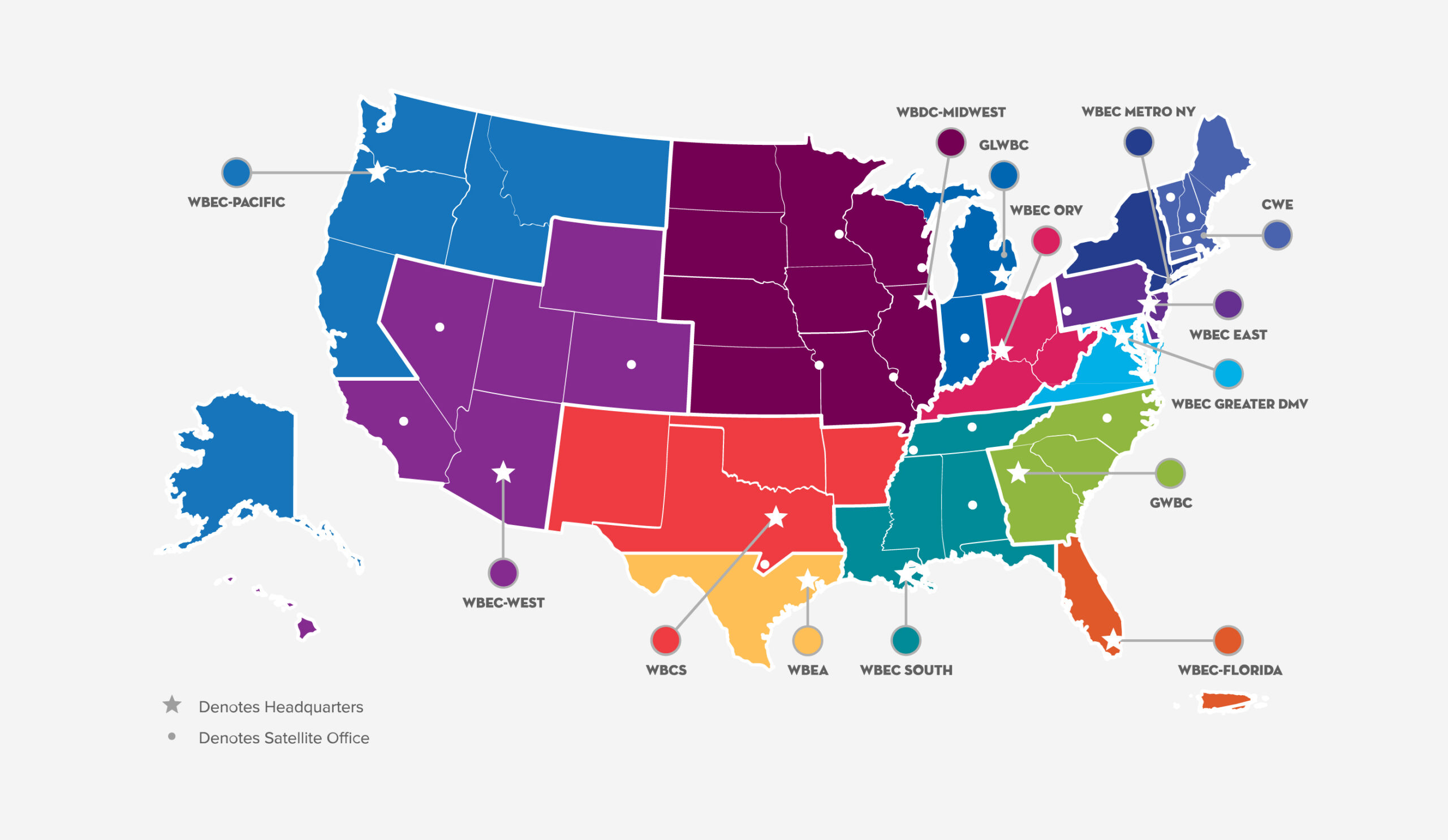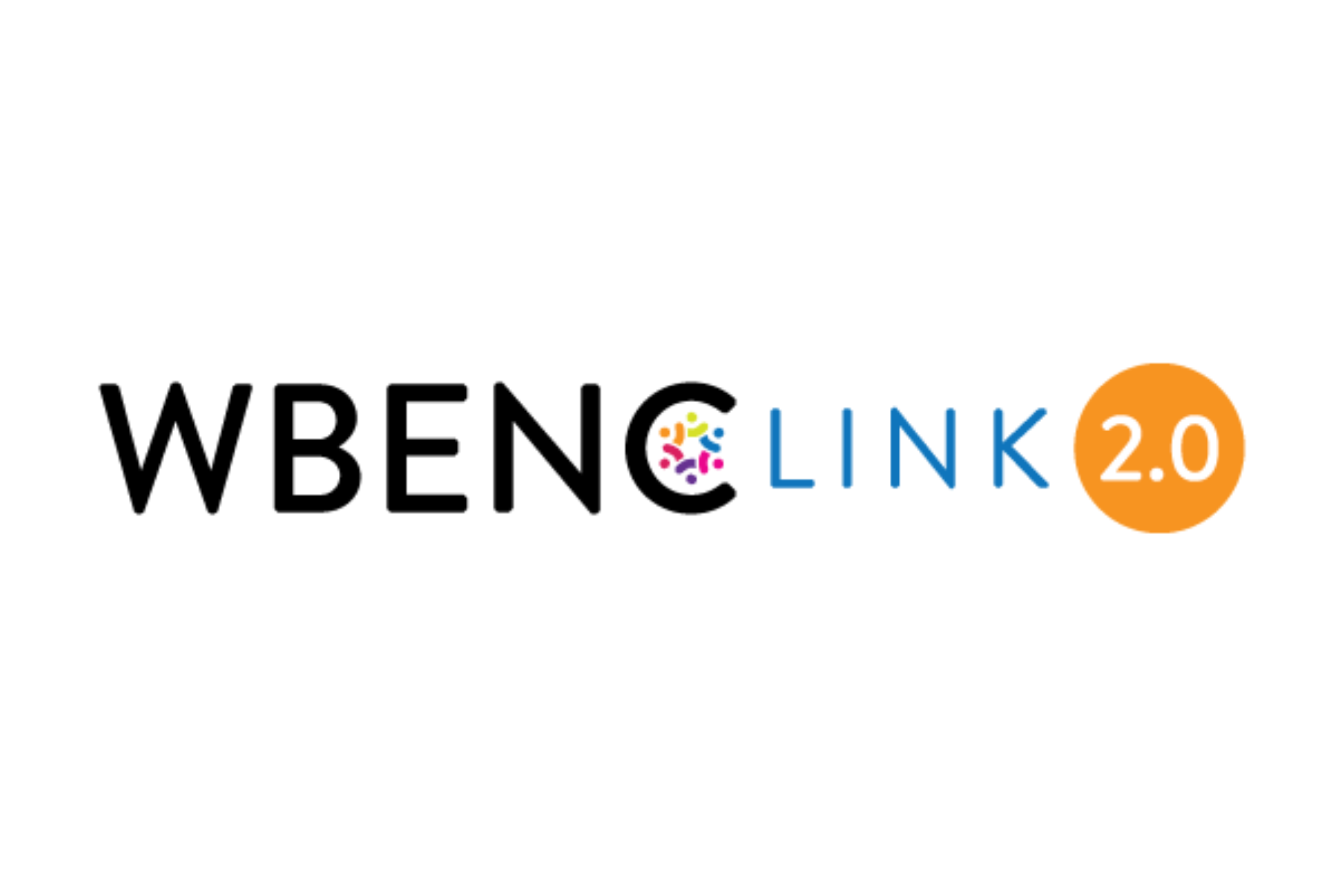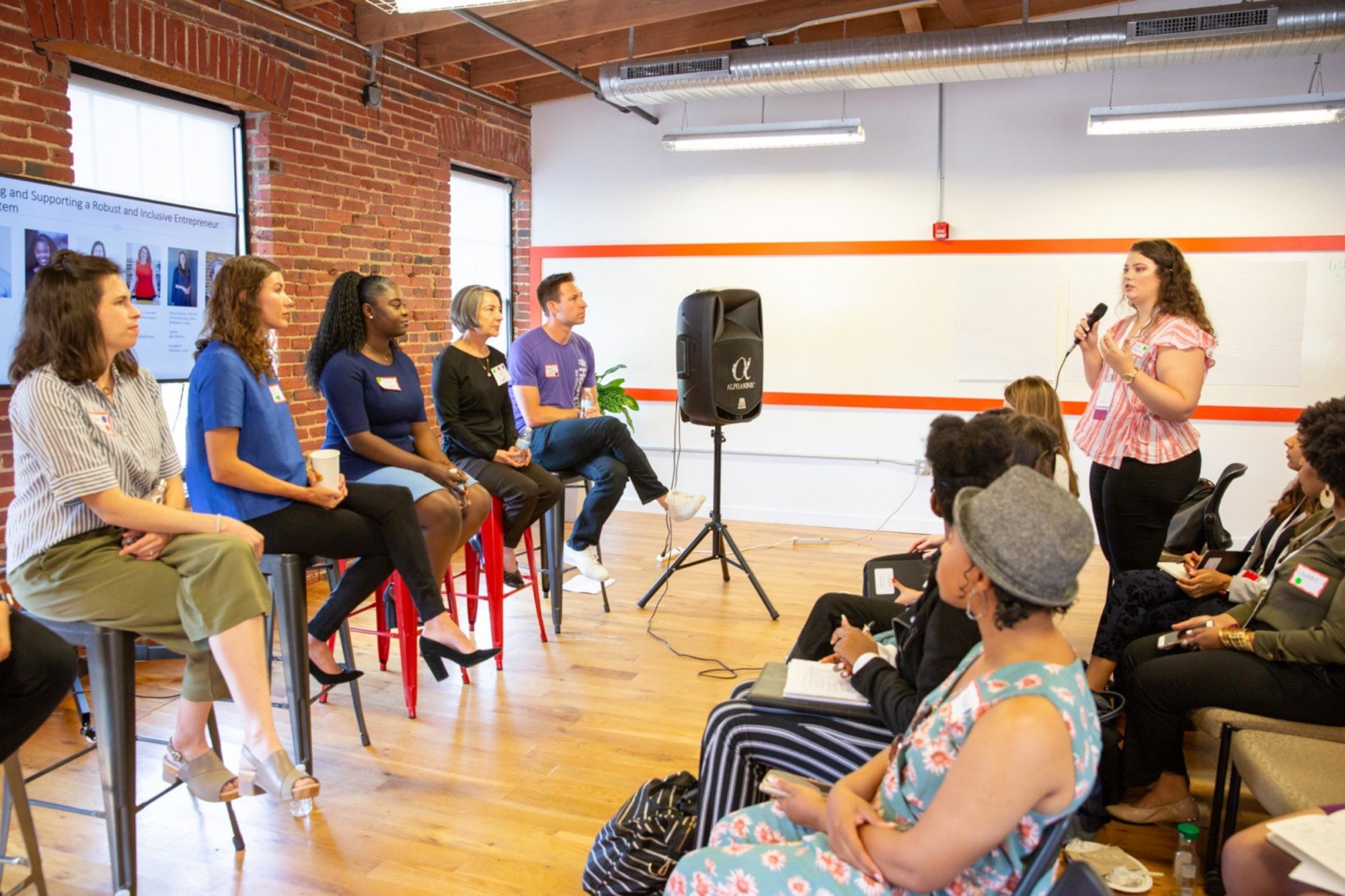Lori P. Purnell, MPH, PE, Founder & Principal Engineer at Spencer-She and WBENC-Certified WBE, explains how the workforce has undergone a significant transformation, with the rise of hybrid, remote, and in-person roles reshaping how employees engage with their work.
This article explores the complexities of workplace stress, how gender plays a role in its impact, and actionable steps organizations can take to support their workforce. From implementing mental health days to setting clear boundaries, these strategies can make a significant difference in creating a healthier, more balanced work environment for everyone.
 The U.S. workforce has drastically changed over the last few years. While some workers are in-person, others are fully remote, and another subset is doing both—a hybrid workplace where the amount of time working remote and, in the office, can vary from day-to-day and week-to-week. These workplace policies can provide flexibility for workers but may also create difficulties. Some remote workers may feel isolated and less connected to their team. Others may find that the lines between personal life and work life can become blurred, or that they are working too much.
The U.S. workforce has drastically changed over the last few years. While some workers are in-person, others are fully remote, and another subset is doing both—a hybrid workplace where the amount of time working remote and, in the office, can vary from day-to-day and week-to-week. These workplace policies can provide flexibility for workers but may also create difficulties. Some remote workers may feel isolated and less connected to their team. Others may find that the lines between personal life and work life can become blurred, or that they are working too much.
According to the American Time Use Survey, in 2021, 38 percent of employed persons did some or all their work at home and 68 percent of employed persons did some or all their work at their workplace. As workplace arrangements have changed, so have the boundaries between work and home. As a result, many workers feel accountable 24 hours a day, seven days a week. Since more workers are able to work from home for at least some part of their week, many have also not felt justified in using vacation time.
Work Stress Differences in Men and Women
Gender can also influence stress at work. The World Health Organization commentary on gender disparities in mental health revealed that just as gender influences a person’s social position, status and treatment in society, so it affects what causes men and women stress and how they react to it.
Work that does not allow for skill discretion and decision-making authority contributes most to depression and is more prevalent than the lower one’s rank. As women generally earn less than men and more often occupy the lower ranking positions in organizations, they are more prone than men to work-related stress.
According to an article in the Journal of Management in Engineering on workplace stress in the construction industry, Dr Fong Yuke Tien, Senior Consultant of Occupational and Environmental Medicine at Singapore General Hospital commented,
“Men in this industry appeared to suffer more stress in relation to risk-taking, disciplinary matters, implications of mistakes, redundancy, and career progression. Female engineers in the construction industry, on the other hand, stressed more over opportunities for personal development, keeping up with new ideas and business travel.”
Consider taking the following actions to reduce workplace stress across all types of organizations and employees:
- Establish mental health days.
Some employers have introduced monthly or quarterly mental health days to combat employee burnout, specifically instructing staff to use these paid days off to step away from their work tasks and prioritize their mental health. These extra days off are not allocated as extra vacation days because anxious workers may feel they cannot justify taking vacation time. The key is to set specific dates for these mental health days and encourage workers to take advantage of them.
- Set and respect boundaries.
Some workers feel they must communicate around the clock to prove they are being productive. Employers can automatically reduce workers’ stress levels by being upfront about expectations and letting them know they are not required to check and respond to emails during all hours of the day. Encourage managers and supervisors to set a good example by establishing “quiet hours” where they turn off email notifications during the evening and weekends.
- Plan social gatherings.
Providing opportunities and platforms for workers to interact with each other will help keep them connected to their co-workers and the organization. Coordinate activities/gatherings, such as virtual book clubs, lip sync battles, trivia games, team coffee breaks, holiday gatherings, hobby chats, music jams, and online games. The goal is simple: have fun and give co-workers an opportunity to connect and get to know each other better.





